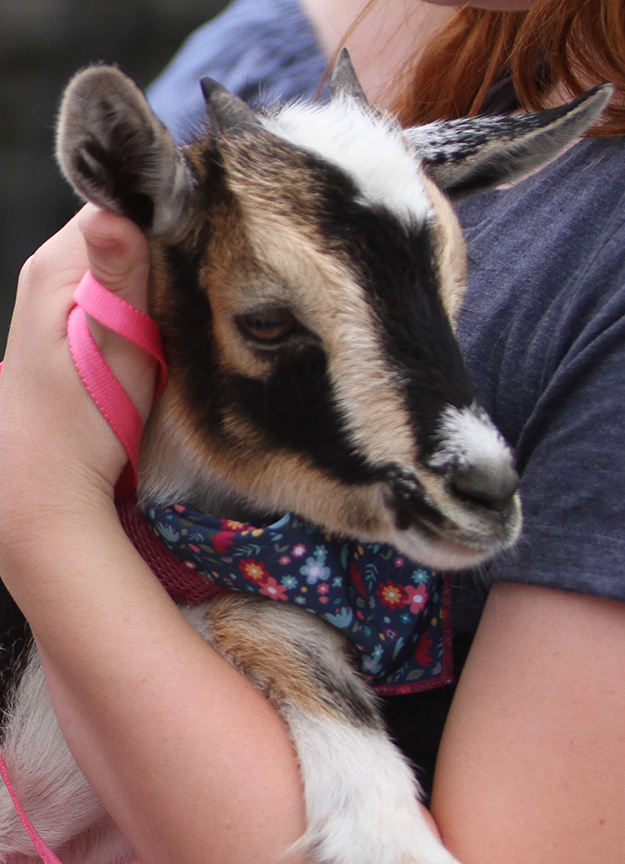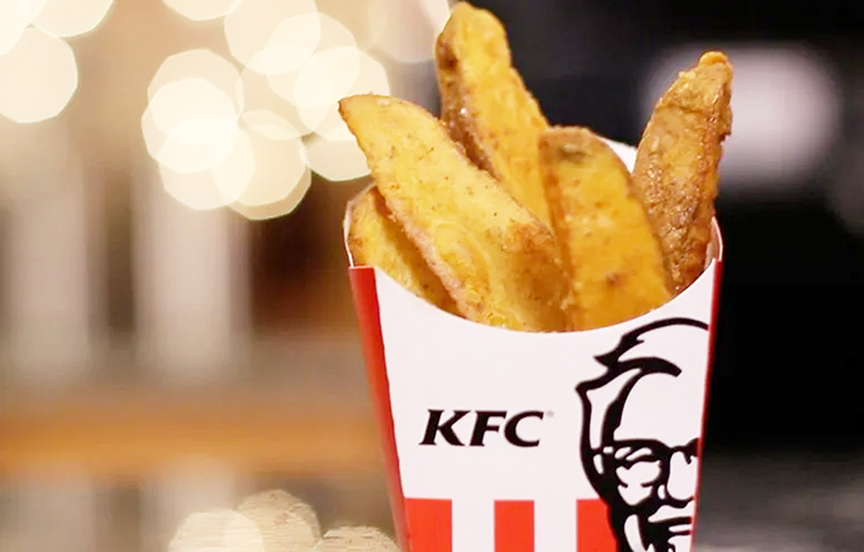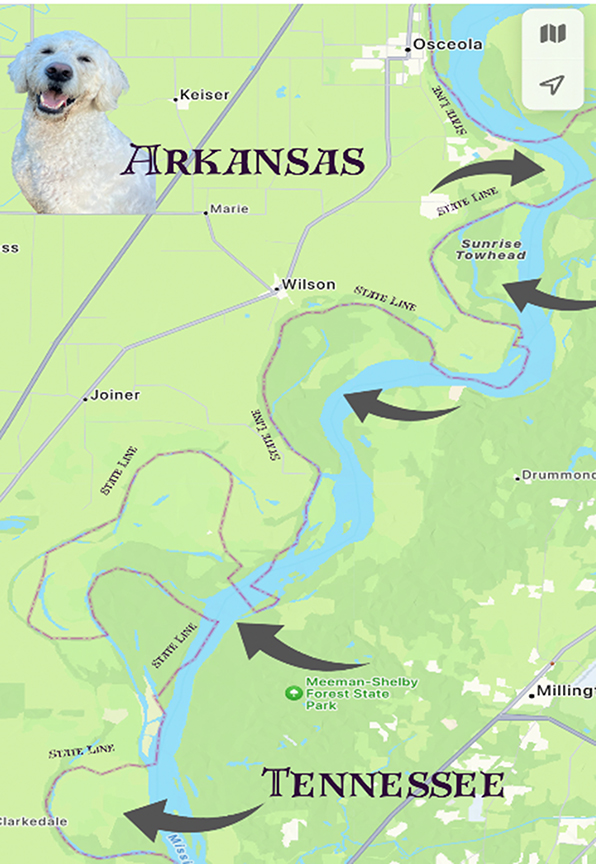By David Peel
After a crash, many report that the other car “just came out of nowhere.”
While even they know this cannot literally be factual, it can sure feel true.
But why? Feeding fish is a good, if odd, example. I like to write my books at a secluded cabin that straddles a creek. I can feed the little fish in a little pool in the creek, from an open window.
I watched them miss obvious pieces of bread. Why? They were in a frenzy to try and take the first piece that had hit the surface, that another fish had already grabbed. In their fervent rush after that already-taken piece, other bread was literally raining down above them!
They could have seen it, and been well fed. But their focus was on the one piece they were missing out on.
The moral to this story is “We usually only see what we are looking for.”
I imagine in the world of the little fish in this remote creek, insects usually only drop in one at a time. And the first one on the scene gets to eat it, or at least the biggest portion of it. I notice another behavior as well. The first fish cannot just enjoy his meal, he must first run to shelter just to hope to keep the spoils of his efforts.
So, with the first disturbance to the water’s surface, a frenzy erupts, one fish grabs the bread crumb, about a dozen chase him, and other bread just floats, fully available. I am likely the only one who has fed them during their short lives. It’s invisible to them for a while because it is not what they are looking for–nor used to seeing.
This has implications in the world of investigating personal injury crashes, which occur much further up the food chain.
We are trained to see cars at certain speeds. If a driver is recklessly going 114 miles per hour, he may be potentially all-but-invisible to other motorists.
We are used to there being no oncoming traffic on lonely rural roads when we pull out.
We are unlikely to see a motorcycle, with its single headlight, pulling away faster towards us from a pack of other car’s headlights, as we are habitually seeing cars accelerate much slower.
We get used to the traffic flow around us, and we can be merging over and then suddenly, a car had just appeared in our blind spot.
We see what we look for. If we see obstacles and barriers in life, many just stop.
If we see those as opportunities and challenges, we tackle them. What are you “looking for” today?
Peel seeks justice for those injured in tractor trailer and car accidents, medical malpractice, and disability. He often addresses churches, clubs and groups without charge. Peel may be reached through PeelLawFirm.com wherein other articles may be accessed.







